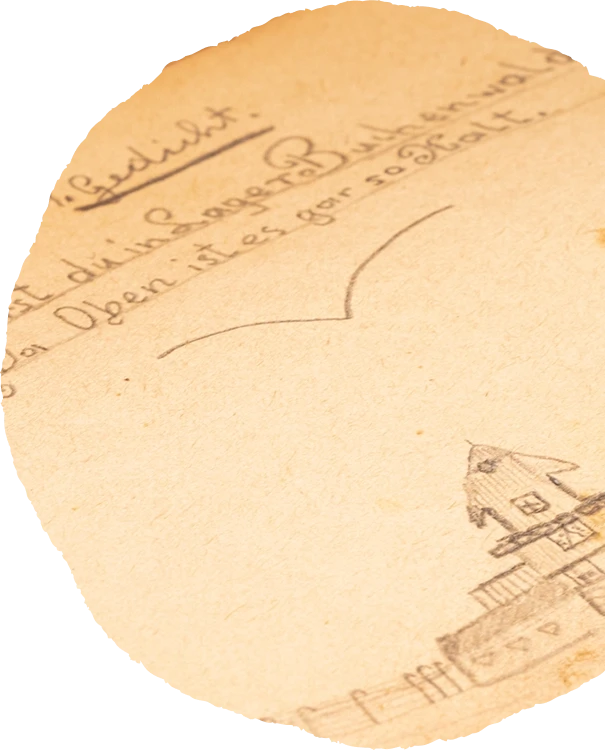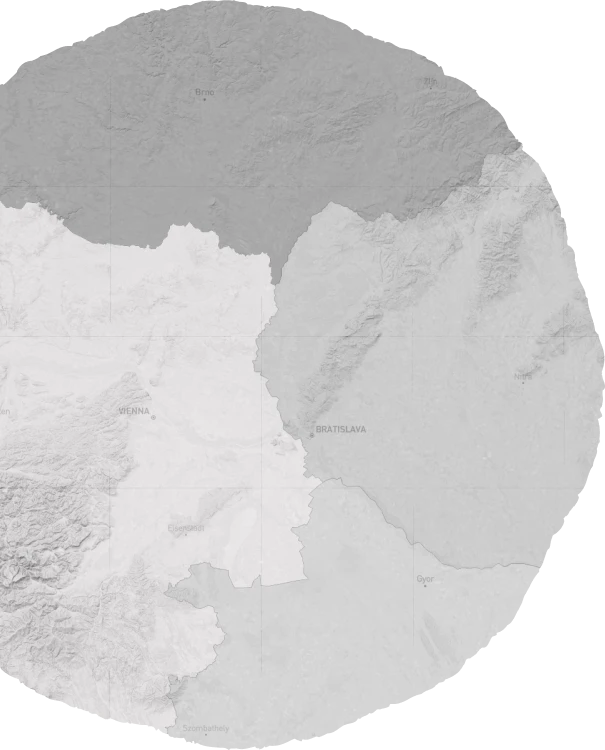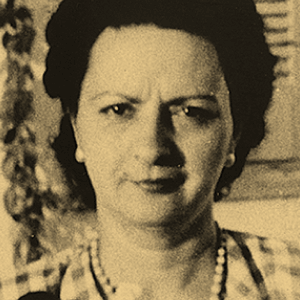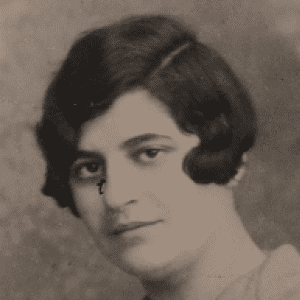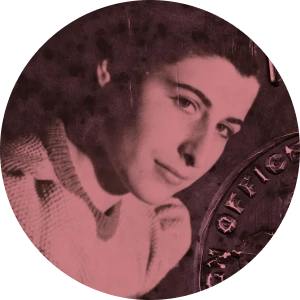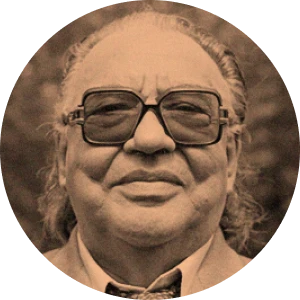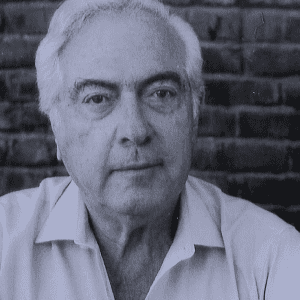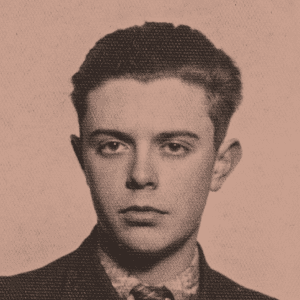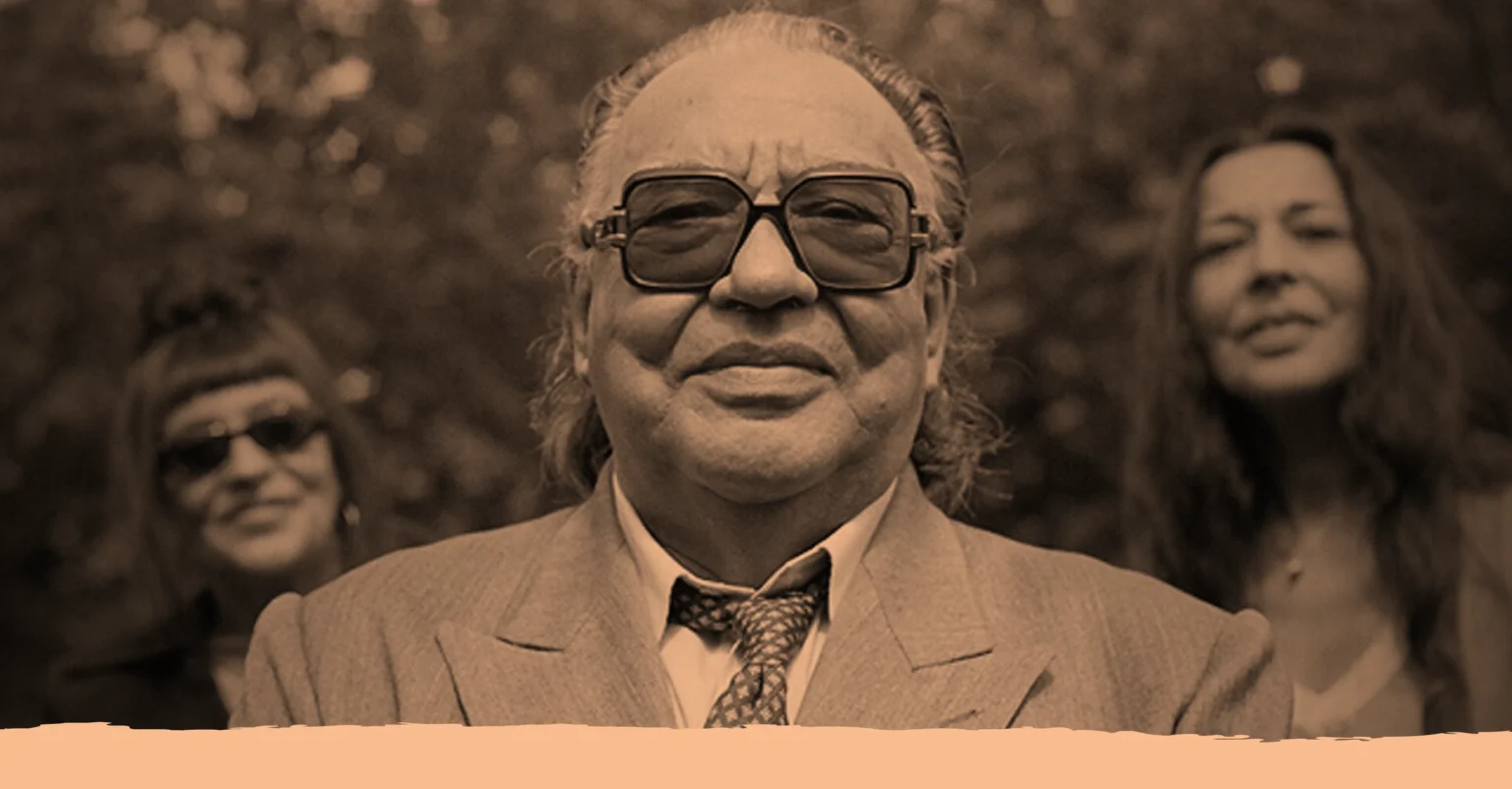
Johann Stojka (known to his family and friends as Mongo), was born on 20 May 1929 in the town of Guntramsdorf, close to Vienna.
Mongo’s family consisted of his mother Maria (also called Sidi), father Karl (also called Wackar), and their six children – Mitzi, Kathi, Mongo, Karl, Ceija and Ossi.
They were an Austrian Catholic Lovara Roma family and earned their living as horse traders. In 1939 they settled in Vienna.
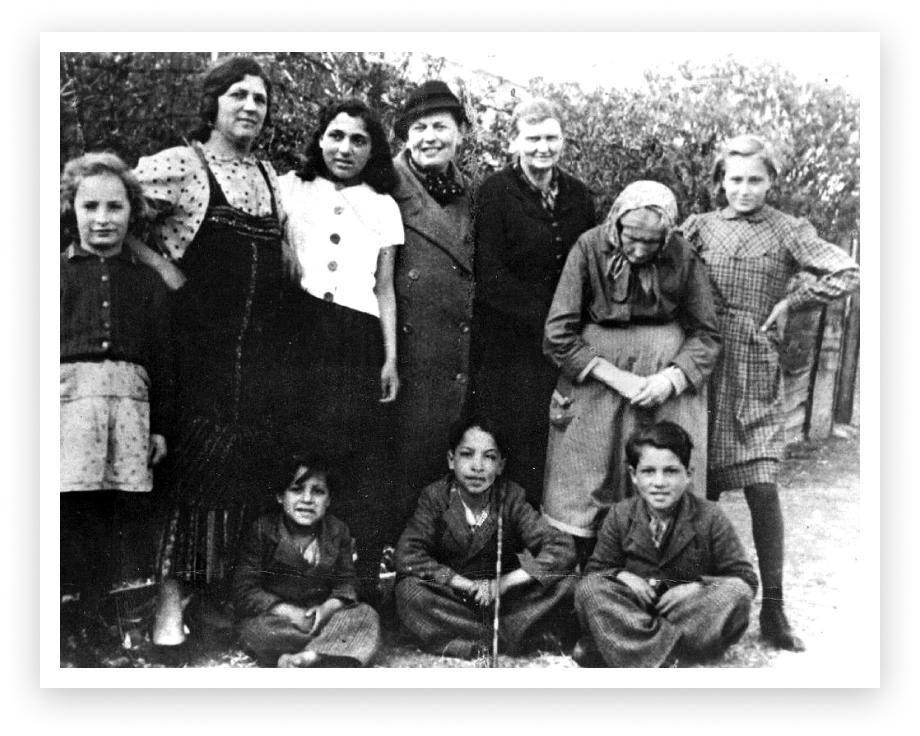
In the early 1940s, Mongo’s father was deported to the Dachau Concentration Camp as a result of ongoing, state-organised persecution of Roma people.
From Dachau, Wackar was transferred to the Hartheim Castle Euthanasia Centre, where he was murdered in the early 1940s.
1929
On 3 March 1943, the rest of the family were detained in Rossauerlände detention centre in Vienna.
Towards the end of March, the six Stojka children – Mitzi (now 18), Kathi (16), Mongo (14), Karl (12), Ceija (10) and Ossi (7) – and their mother arrived at Auschwitz-Birkenau Concentration and Death Camp.
While many people were murdered at Auschwitz-Birkenau, the Stojkas were not sent to death upon arrival. Tragically, Mongo’s youngest brother Ossi caught typhoid fever and died during this time.
From Auschwitz-Birkenau, the women of the family were sent to Ravensbrück and then Bergen-Belsen concentration camps. Mongo and Karl, however, were sent elsewhere.
1943
Thousands of Roma people were sent to Buchenwald (as well as Ravensbrück) for forced labour
1944
In August or September 1944, the brothers were deported from Auschwitz-Birkenau to Buchenwald Concentration Camp. Thousands of Roma people were sent to Buchenwald (as well as Ravensbrück) for forced labour, and it’s thought this was why Mongo and Karl were taken there. During his incarceration in Buchenwald, Mongo wrote a poetry book – dates he recorded in the book suggest this took place between 1944 and 1945.
In early April 1945, Mongo and Karl were sent to yet another concentration camp. They travelled from Buchenwald to Flossenbürg Concentration Camp in cattle cars. They were incarcerated at Flossenbürg for around 10 days and were then forced to set out on a death march.
Translation:
Have you been to Buchenwald?
That place that is so very cold
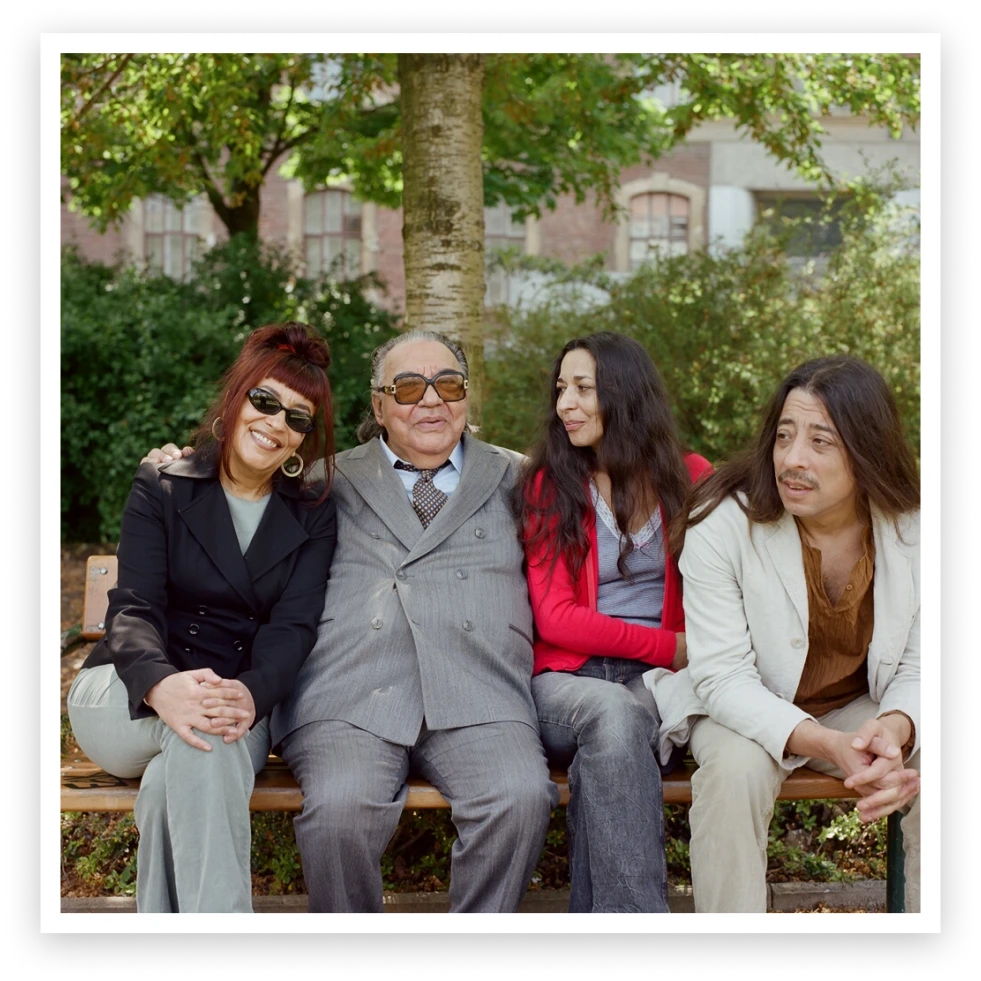
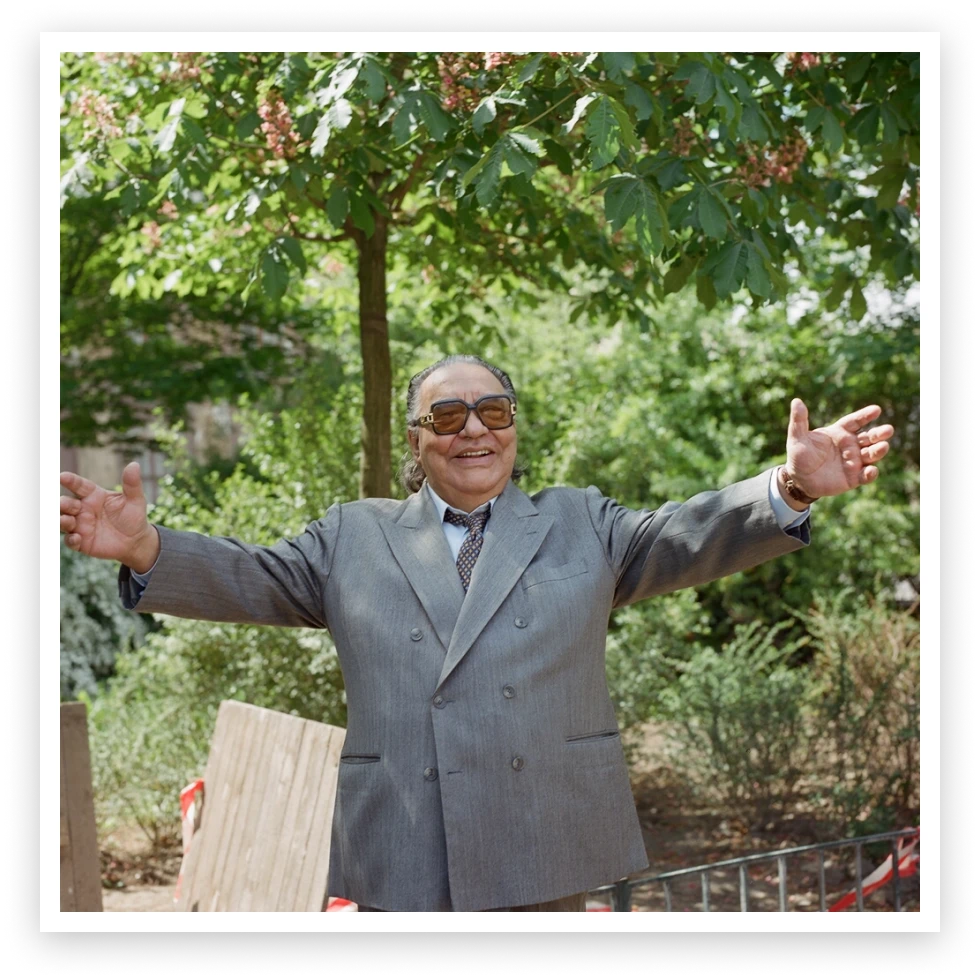
In spite of the risk of being caught and shot, the brothers fled during the death march after identifying that American troops were approaching. They were liberated by the American army near Rötz, Germany, in April 1945.
The brothers were then taken in by a family in Rötz. In 1946, they left to make their way back to Paletzgasse in Vienna in hope of finding their family, but their search was unsuccessful.
1945
2014
In May 1947, they received a letter from their mother telling them that the family was in Hohenauergasse, the 19th area of Vienna. She and their sisters had all survived Ravensbrück and Bergen-Belsen concentration camps.
Soon after, Mongo and Karl returned to Vienna and were finally reunited with their family. Six months later they all moved to Gymnasiumstrasse 23, in the 18th area of Vienna.
Later, Mongo became a rug and tapestry dealer. He also wrote songs combining Lovara-Roma music with jazz, regularly performing live. Mongo married and had three children: Doris, Sissi (Elisabeth) and Harri. Harri Stojka became a famous jazz guitarist and musician.
His brother Karl became a painter, a writer and an actor and his sister Ceija a painter, a writer and a singer.
Mongo died in Vienna on 16 March 2014.
